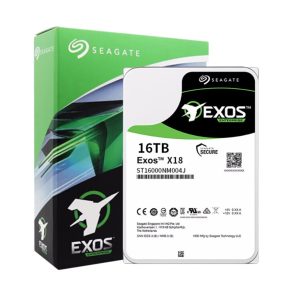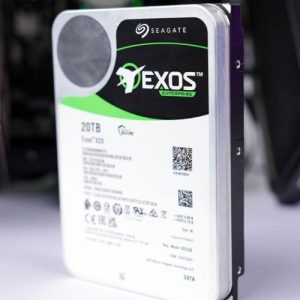In the world of enterprise storage solutions, the debate between Seagate and WD (Western Digital) is a common one. Both companies are known for their high-quality hard drives, but which one is the best fit for your business? In this article, we will delve into the details of Seagate’s offerings, discuss the differences between Seagate and WD, and explore other related topics that can help you make an informed decision.
Seagate vs WD: A Comparative Analysis
When comparing Seagate and WD, there are several factors to consider, including performance, reliability, and price. Seagate is known for its robust performance and excellent durability, making it a popular choice among enterprise-level buyers. WD, on the other hand, offers competitive performance and is often praised for its value for money. In the following sections, we will explore these aspects in more detail.
Understanding Seagate’s Enterprise Hard Drives
Seagate’s enterprise hard drives are designed to meet the demanding requirements of businesses. They offer high capacity, fast data transfer speeds, and advanced features that ensure data integrity and security. Some of the key features of Seagate enterprise hard drives include:
- High capacity: Seagate offers drives with storage capacities ranging from 1TB to 18TB, providing ample space for your business data.
- Fast data transfer speeds: With speeds up to 260MB/s, Seagate enterprise hard drives ensure quick access to your data.
- Advanced security features: Seagate’s drives come with built-in security features like Secure erase and Self-encrypting drive (SED) technology.
Key Factors to Consider When Choosing an Enterprise Hard Drive
When selecting an enterprise hard drive, it’s essential to consider the following factors:
- Capacity: Determine the storage capacity your business requires to store all its data effectively.
- Performance: Look for drives with fast data transfer speeds and low latency to ensure smooth operation.
- Reliability: Choose a drive with a high mean time between failures (MTBF) to minimize downtime and ensure data availability.
- Security: Opt for drives with advanced security features to protect your business data from unauthorized access.
After understanding these factors, let’s now explore two related topics that can help you make a more informed decision when choosing an enterprise hard drive.
Topic B: The Impact of Cache on Hard Drive Performance
Cache is an essential component of a hard drive that can significantly impact its performance. It acts as a buffer between the drive’s platters and the data transfer interface, storing frequently accessed data for quick retrieval. When comparing Seagate and WD hard drives, it’s crucial to consider the cache size, as larger caches generally result in better performance.
Topic C: The Role of NAND Flash in Enterprise Storage Solutions
As businesses increasingly demand higher performance and reliability, NAND flash technology has become a popular choice for enterprise storage solutions. NAND flash offers several advantages over traditional hard drives, including faster data access times, lower power consumption, and higher durability. When evaluating Seagate and WD offerings, it’s essential to consider the role of NAND flash in their respective product lines.
In conclusion, choosing the right enterprise hard drive for your business requires careful consideration of various factors, such as performance, reliability, and security. Seagate’s enterprise hard drives offer a compelling combination of these features, making them an excellent choice for businesses that require high-capacity, fast, and secure storage solutions. When comparing Seagate and WD, it’s essential to consider your specific business needs and budget.
If you’re looking to purchase enterprise hard drives, HUAYI INTERNATIONAL LIMITED is your trusted partner. As a Seagate enterprise hard drive distributor, we offer competitive pricing, secure transactions, stable supply, a 3-year warranty, and comprehensive after-sales support. Contact us today to learn more about how we can help your business achieve its storage goals.




